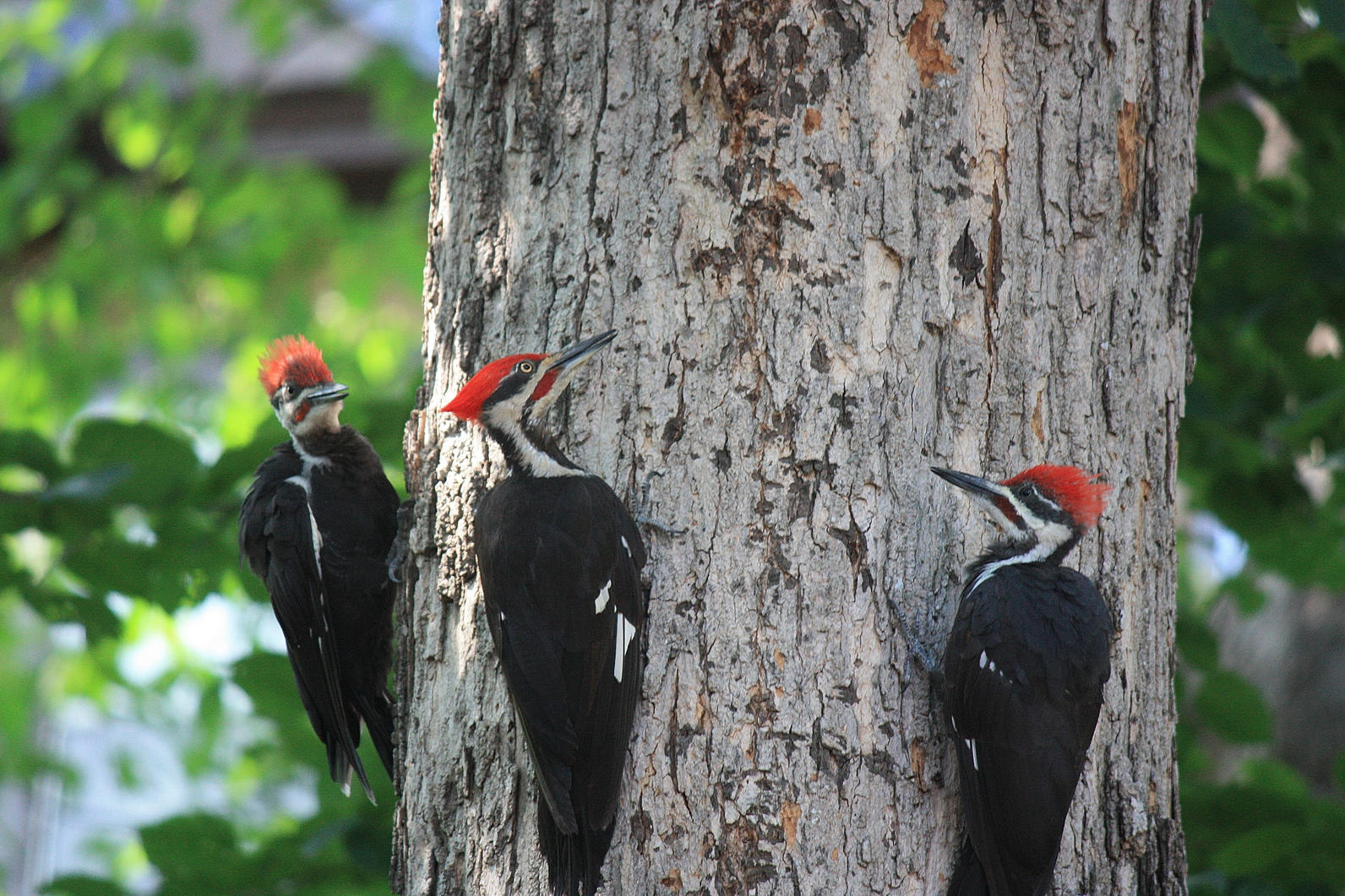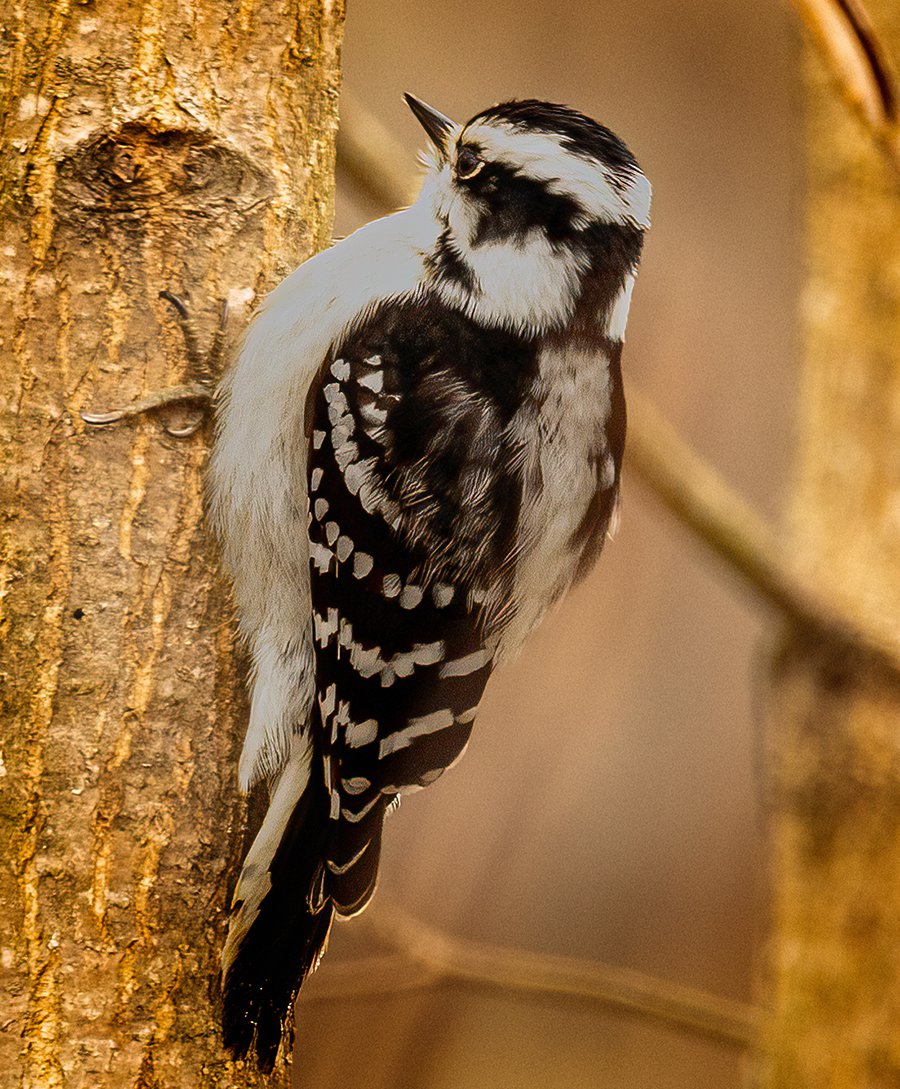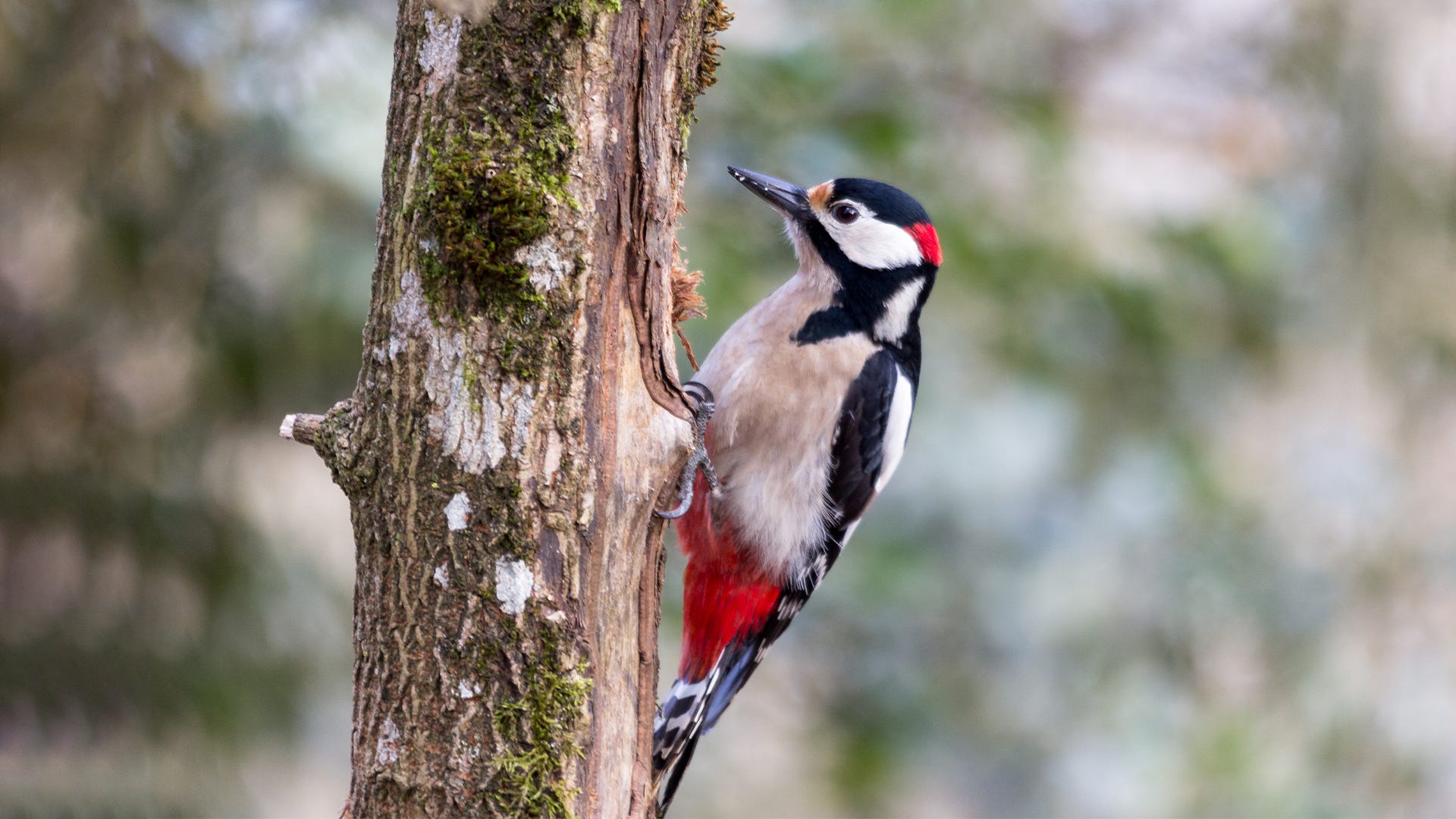Experiencing Woodpeckers in Florida Variety: Habitats and Actions
Wiki Article
Woodpeckers: A Comprehensive Overview to Comprehending These Distinct Birds
Woodpeckers, with their distinctive behaviors and physical characteristics, have long mesmerized the interest of ornithologists and nature lovers alike. As we discover the intricate makeup, diverse types, and environmental relevance of woodpeckers, a deeper recognition for these unique birds and the secrets they hold unravels.
Woodpeckers' Drumming Habits
Woodpeckers display a rhythmic and accurate drumming behavior that serves numerous crucial features in their every day lives. This actions is largely linked with interaction, territory defense, and foraging. The distinct drumming noise is produced by the rapid pecking of their beaks versus tough surface areas such as tree trunks, branches, and even metal things.Communication is an important aspect of woodpecker actions, and drumming plays a substantial duty in this procedure. Woodpeckers utilize drumming to develop their existence, draw in friends, and preserve contact with their companions and children. The frequency, strength, and duration of drumming sequences communicate particular messages to various other woodpeckers in the area.
In addition to interaction, woodpeckers use drumming actions for area defense. Woodpeckers in Florida. The loud and repeated drumming works as a warning to possible intruders, signifying that the location is already declared. By establishing their region through drumming, woodpeckers lower the possibility of problems over important sources such as food and nesting sites
Additionally, woodpeckers also utilize drumming as a foraging strategy. The rhythmic pecking helps them situate insects concealing under the bark of trees by developing vibrations that disrupt the target's concealment. This habits showcases the flexibility and resourcefulness of woodpeckers in using their drumming abilities for multiple necessary purposes.
Distinct Adjustments for Tree Climbing
Having mastered the art of drumming to connect, safeguard region, and forage, woodpeckers have actually evolved special adjustments that promote their remarkable climbing up capacities in their arboreal environments. Woodpeckers have zygodactyl feet, with 2 toes directing ahead and two toes directing backwards. These tail feathers provide security and equilibrium, allowing woodpeckers to navigate up tree trunks with precision and agility.Additionally, woodpeckers have powerful neck muscles and an unique head framework that aid in their climbing capacities. Their solid neck muscle mass allow them to rapidly eat tree bark without experiencing whiplash, while their thick skull and small mind function as shock absorbers, securing them from the effect of repeated drumming. These adjustments jointly allow woodpeckers to navigate the upright world of trees with efficiency and poise.

Function of Woodpeckers in Ecological Communities
Playing a critical duty in woodland ecosystems, woodpeckers contribute substantially to the equilibrium and health of their habitats with their distinct behaviors and interactions with other varieties. One of the key environmental functions of woodpeckers is their duty in managing insect populaces. By foraging for pests under the bark of trees, woodpeckers aid manage pest populations, avoiding break outs that can damage the overall health of the forest. Additionally, woodpeckers create tooth cavities in helpful hints trees that work as vital nesting websites for a range of other bird types, promoting biodiversity within the environment.Furthermore, the drumming and vocalizations of woodpeckers play a vital duty in interaction and area establishment. These audios not just offer to draw in mates yet additionally assist define borders in between different woodpecker regions, lowering disputes and promoting a harmonious conjunction within the forest community. On the whole, the visibility of woodpeckers in forest ecosystems highlights their relevance as keystone types, influencing the dynamics and working of these environments in complex methods.
Anatomy: Specialized Beaks and Feet
In the complex web of forest ecological communities, the specialized beaks and feet of woodpeckers are vital adjustments that enable them to meet their crucial environmental duties. Woodpeckers possess special physiological features that are particularly developed to assist them in their foraging and nesting behaviors.One of the most distinguishing characteristic of woodpeckers is their strong, chisel-shaped beaks. These beaks are completely adjusted for drilling into wood to discover pests, larvae, and sap surprise under the bark of trees. The solid muscular tissues and sturdy framework of their beaks enable woodpeckers to eat a rate of approximately 20 times per secondly without causing damages to their skulls.
Furthermore, woodpeckers have actually specialized feet that aid in their acrobatic climbing capabilities. Their feet have two toes directing onward and 2 toes aiming backward, providing a strong try here hold on vertical surfaces (Woodpeckers in Florida). This distinct foot plan, together with rigid tail plumes that work as an encouraging prop, permits woodpeckers to hold on to tree trunks and branches effortlessly while they look for food or excavate nesting tooth cavities
Woodpecker Types Diversity
What elements add to the amazing diversity of woodpecker species across various environments and areas? Woodpeckers are a diverse team of birds found across different environments worldwide, with over 200 recognized types exhibiting adaptations to various settings. One vital variable driving this variety is the schedule of ideal environments. Woodpeckers have evolved to inhabit a series of settings, from forests and woodlands to grasslands and deserts, each offering special difficulties that have affected the development of unique woodpecker species.These adaptations allow woodpeckers to forage successfully in their respective habitats, lowering competition among types and promoting particular niche distinction. Additionally, geographic isolation and historical aspects have actually played a duty in shaping the circulation and diversity of woodpecker types, leading to the broad variety of specialized adjustments seen in these remarkable birds.

Conclusion
In conclusion, woodpeckers are interesting birds that show distinct drumming actions, specialized adaptations for tree climbing, and play crucial roles in environments. With a varied range of like it woodpecker types located worldwide, these birds are essential for preserving the wellness and balance of forests and forests.Report this wiki page